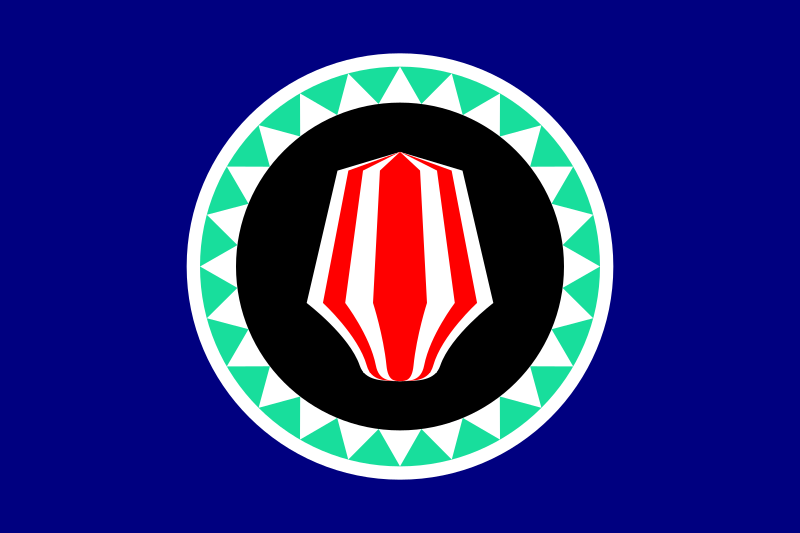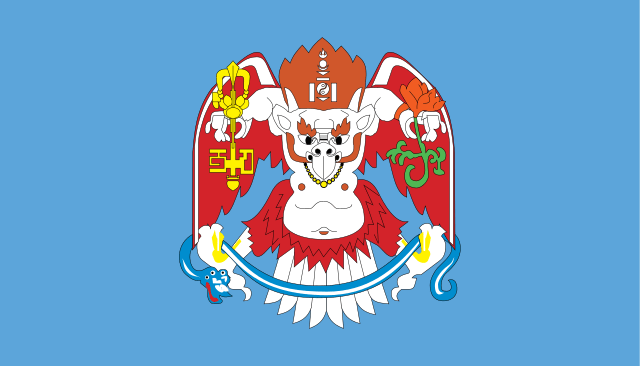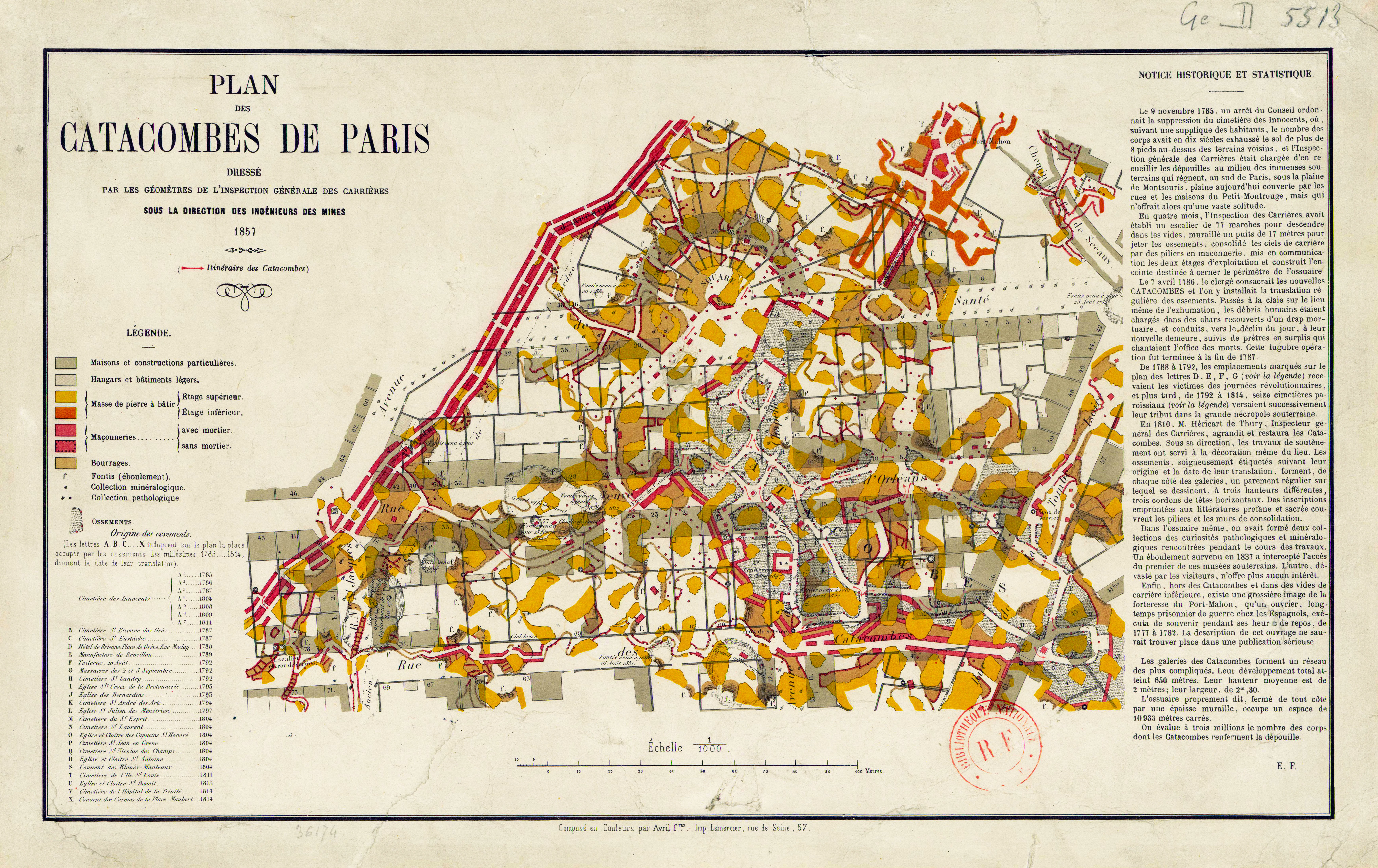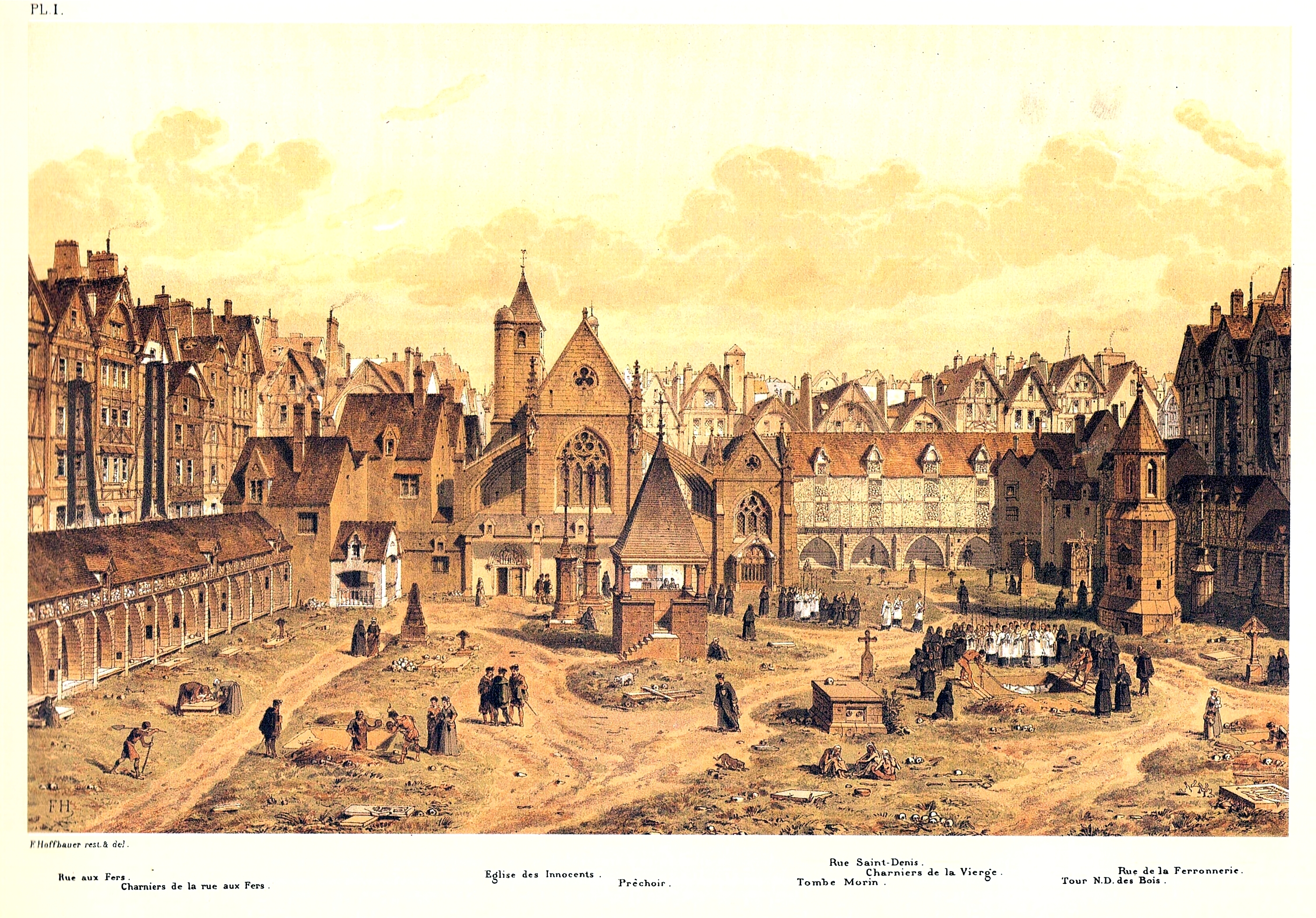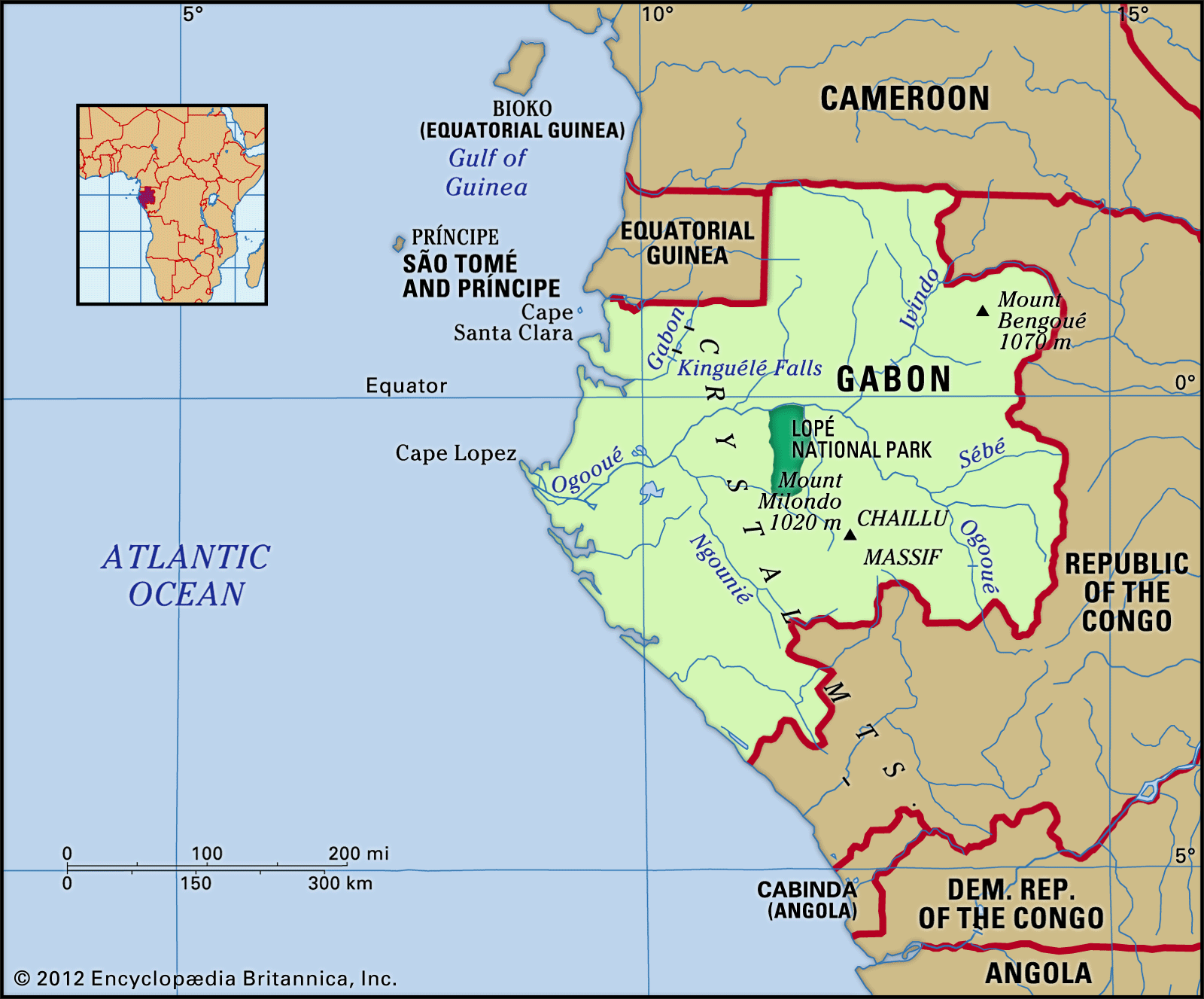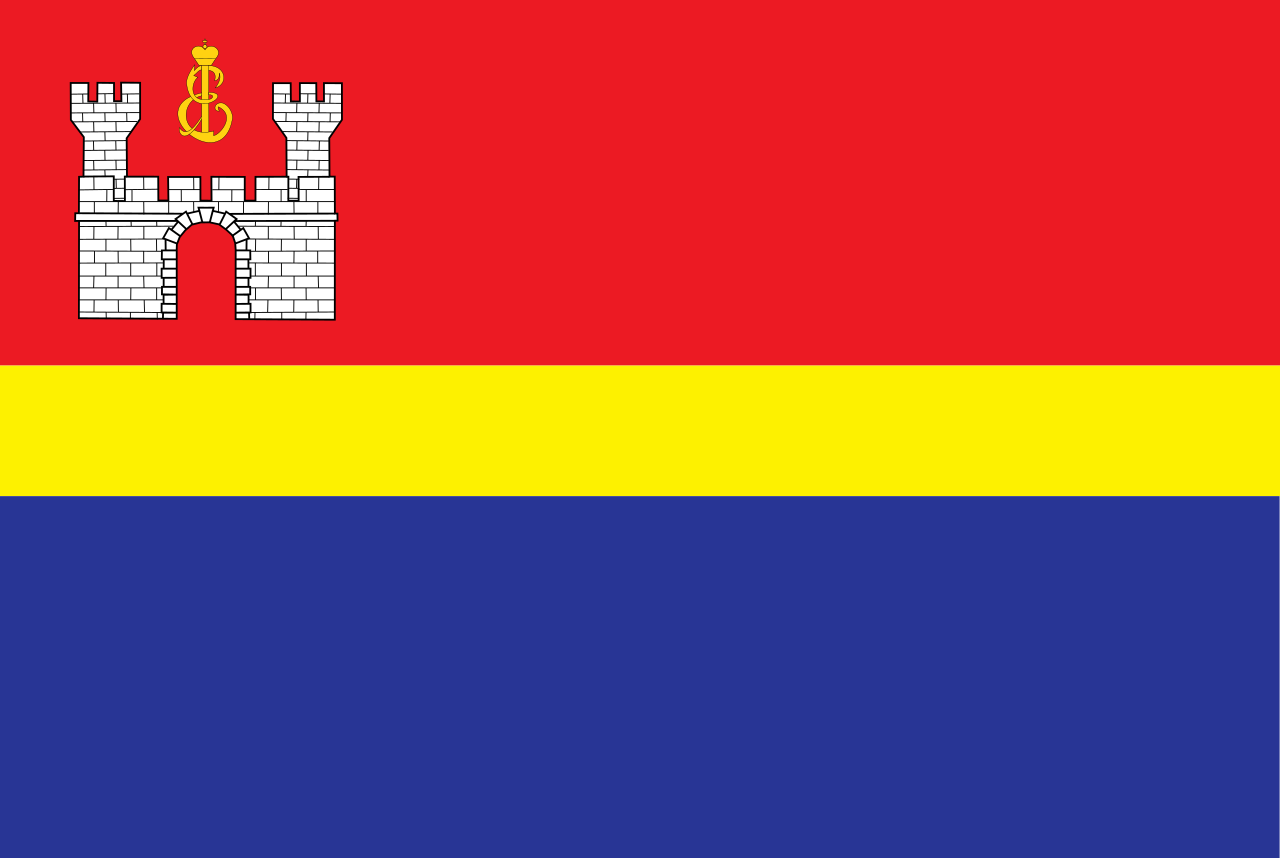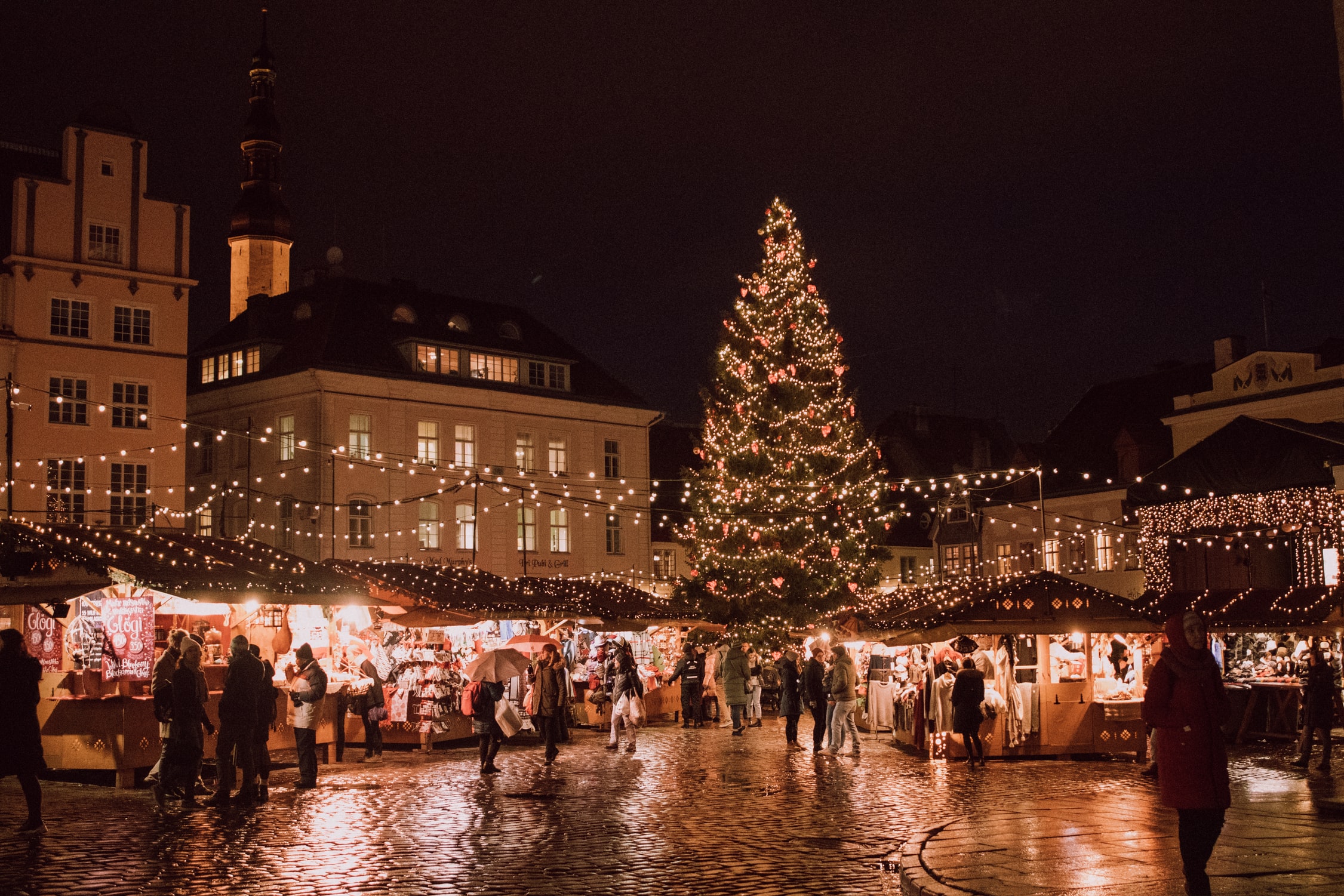In this episode of 80 Days: An Exploration Podcast, we’ll be talking about the only walled city north of Mexico on the American Continent – Quebec City. The capital city of Canada’s Quebec province, the city is located on the St Lawrence River, around 500 kilometres from the Eastern coast of Canada, and around 700km northeast of New York City. Founded in July 1608 by Samuel de Champlain, a French explorer, Quebec City originated as Stadacona, a Iroqious Native American settlement, before the arrival of Europeans. A base for the French exploration and colonisation of what would become New France, Quebec remains a hub of French-Canadian culture and history, with French serving as the primary language, as throughout the wider province of Quebec. In 1775, American troops led by Benedict Arnold attempted to invade and take over Quebec City in the Battle of Quebec to “liberate” the region from the British. The siege was unsuccessful, however, and Quebec did not become the 14th colony; instead, it remained under British rule until Canada became its own country in 1867. Today, the city is home to just over half a million residents, making it the eleventh-largest city in Canada, similar in urban population to Albuquerque, New Mexico or Dublin, Ireland. The city’s curious name was taken from the native term for “where the river narrows” after its location on the banks of the St Lawrence River.
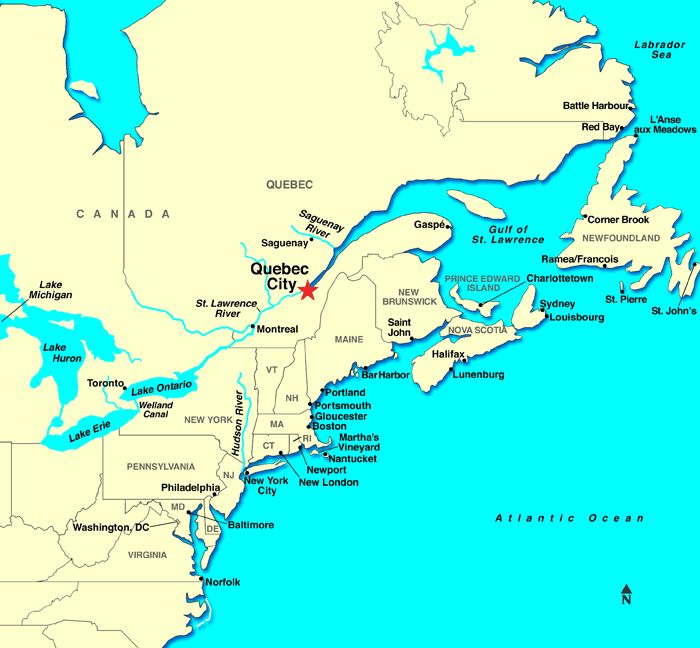
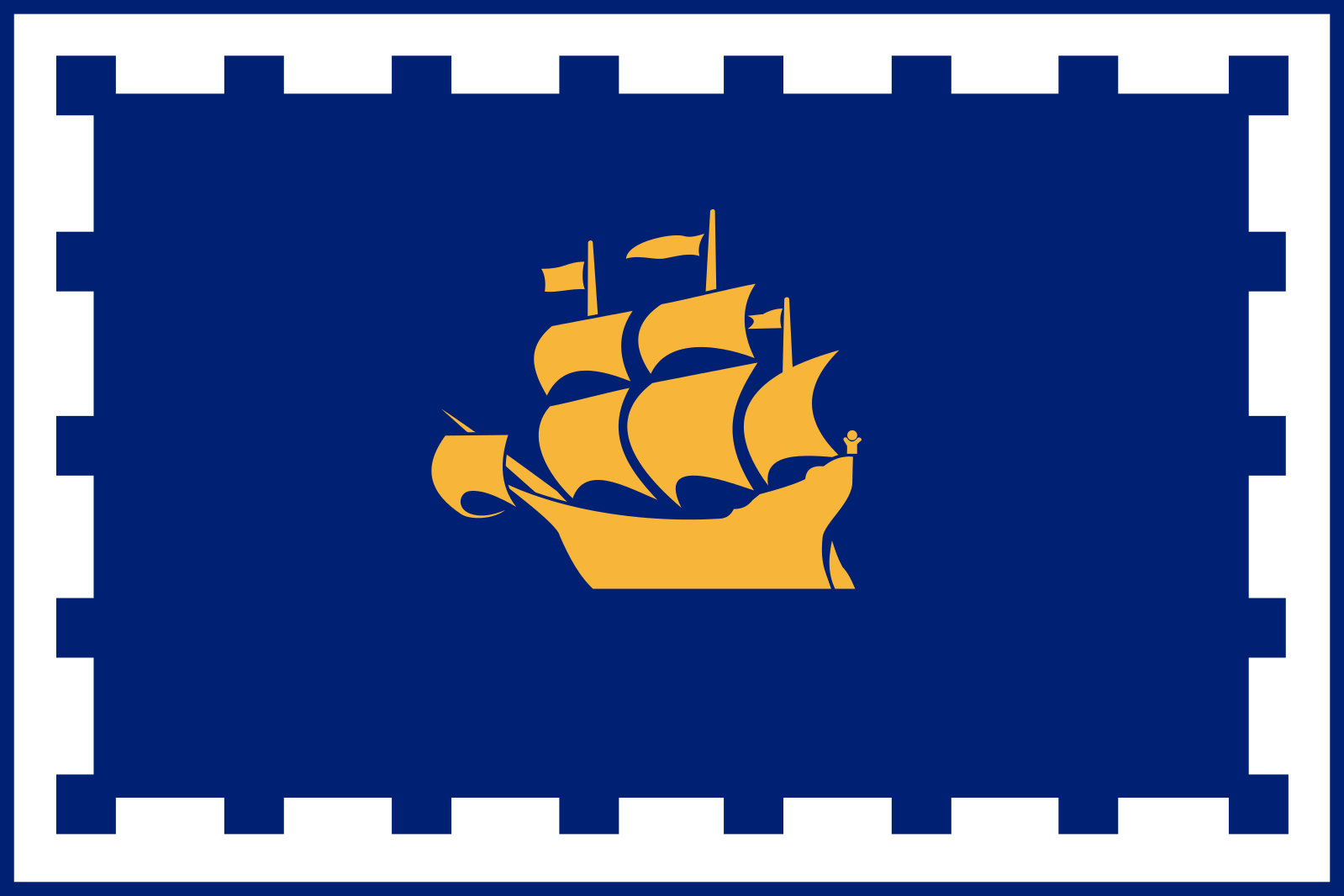
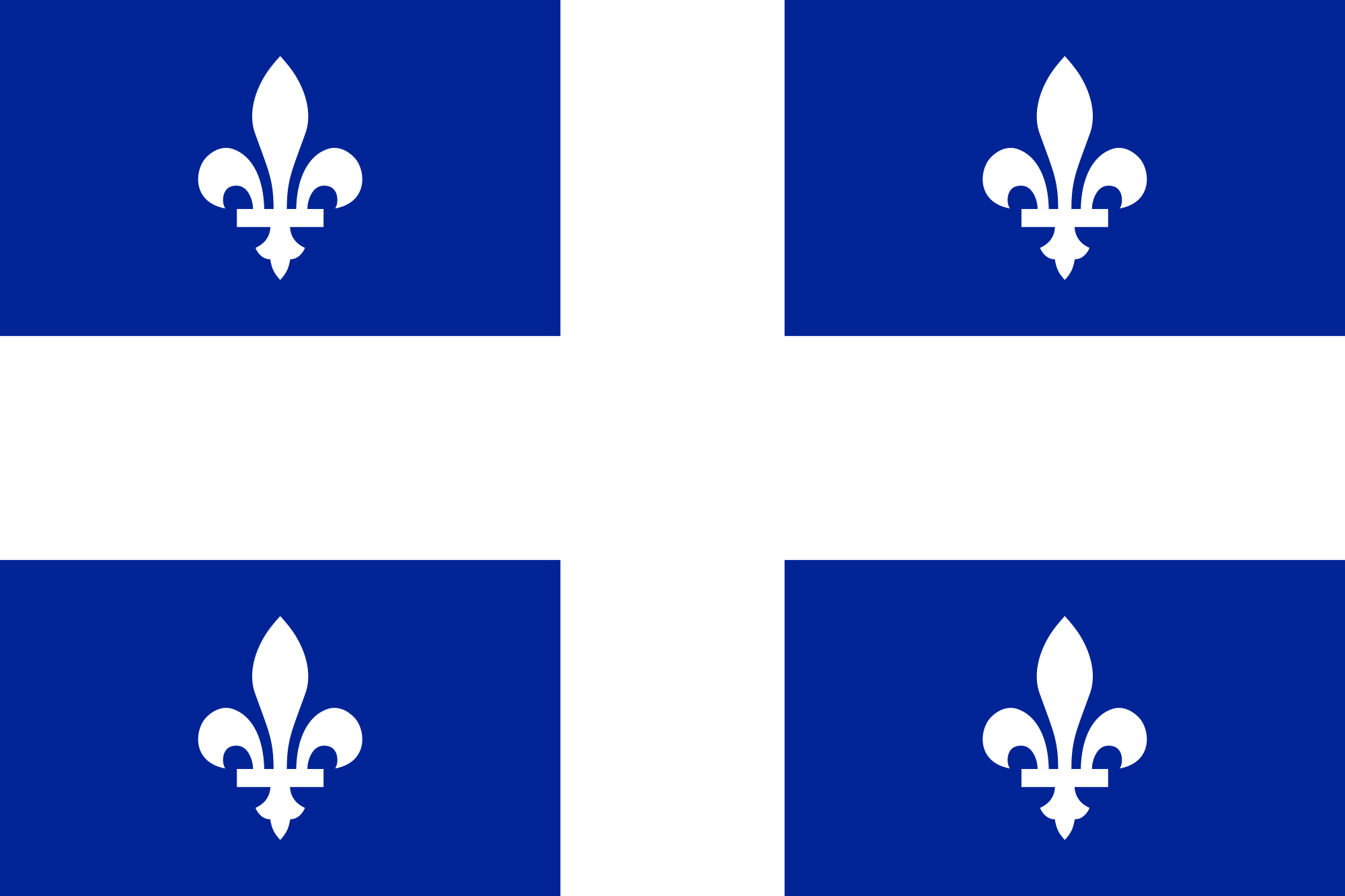
Flag of the City of Quebec (left), and the province of Quebec (right)
Your hosts, as always, are Luke Kelly @thelukejkelly in Dublin, Ireland, Mark Boyle @markboyle86 in the UK, and Joe Byrne @anbeirneach in Galway, Ireland. Our theme music and other stings come from Thomas O’Boyle @thatthomasfella.
We’ve also just launched a merch store in associated with TeePublic. You can find our store by clicking here, with exclusive discounts at the time of publishing.
Further information and some of the sources we consulted can be found below:
- You can find A Short History of Quebec By John Alexander Dickinson, Brian J. Young on Google Books here.
- Another source for this episode was History of Quebec For Dummies By Éric Bédard, found here.
- We’d also recommend A People’s History of Quebec by Jacques Lacoursière, Robin Philpot · 2009.
- There’s a great PDF on the geology of this region available from ParksCanadaHistory.com
- ResearchGate provided a copy of Iroquoians in the St. Lawrence River Valley before European Contact by Christian Gates St-Pierre from the University of Montréal.
- ArcheoQuebec also shed a lot of light on the early history of the region.
- Adam Woog’s Great Explorers: Jaques Cartier is also recommended reading for more about the influential early explorer of this region.
- CBC have an article on the settler women from whom a huge proportion of French Canadians are descended here.
- More on the Quebec Rockslide of 1889 can be found here.
- For general reading on the city, The Canadian Encyclopedia is well worth checking out.
- Further reading on the modern history of Quebec can also be found at Ville De Quebec.
- Langfocus on YouTube has a breakdown of Quebec French vs Metropolitan French.
- The final song of the episode is “La Ziguezon” and can be found here.
- We also featured a clip of some Wendat music, which can be found here.
Thanks to all our patrons who support the show. We really appreciate your continued backing of us. If you want to join them, more information is available at www.patreon.com/80dayspodcast
As we mentioned, Patreon proceeds from this episode will go to the Red Cross to help refugees fleeing the war in Ukraine.
